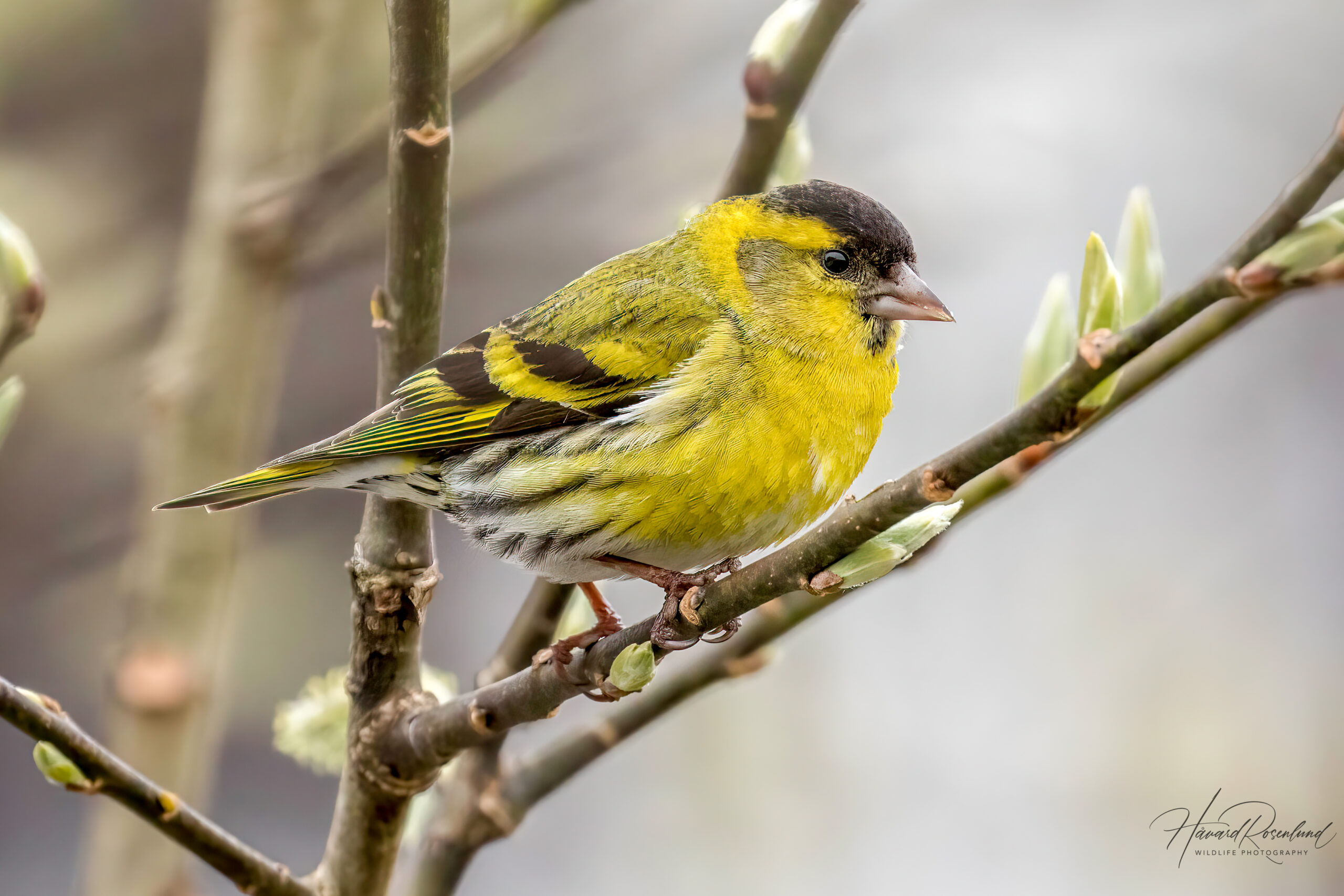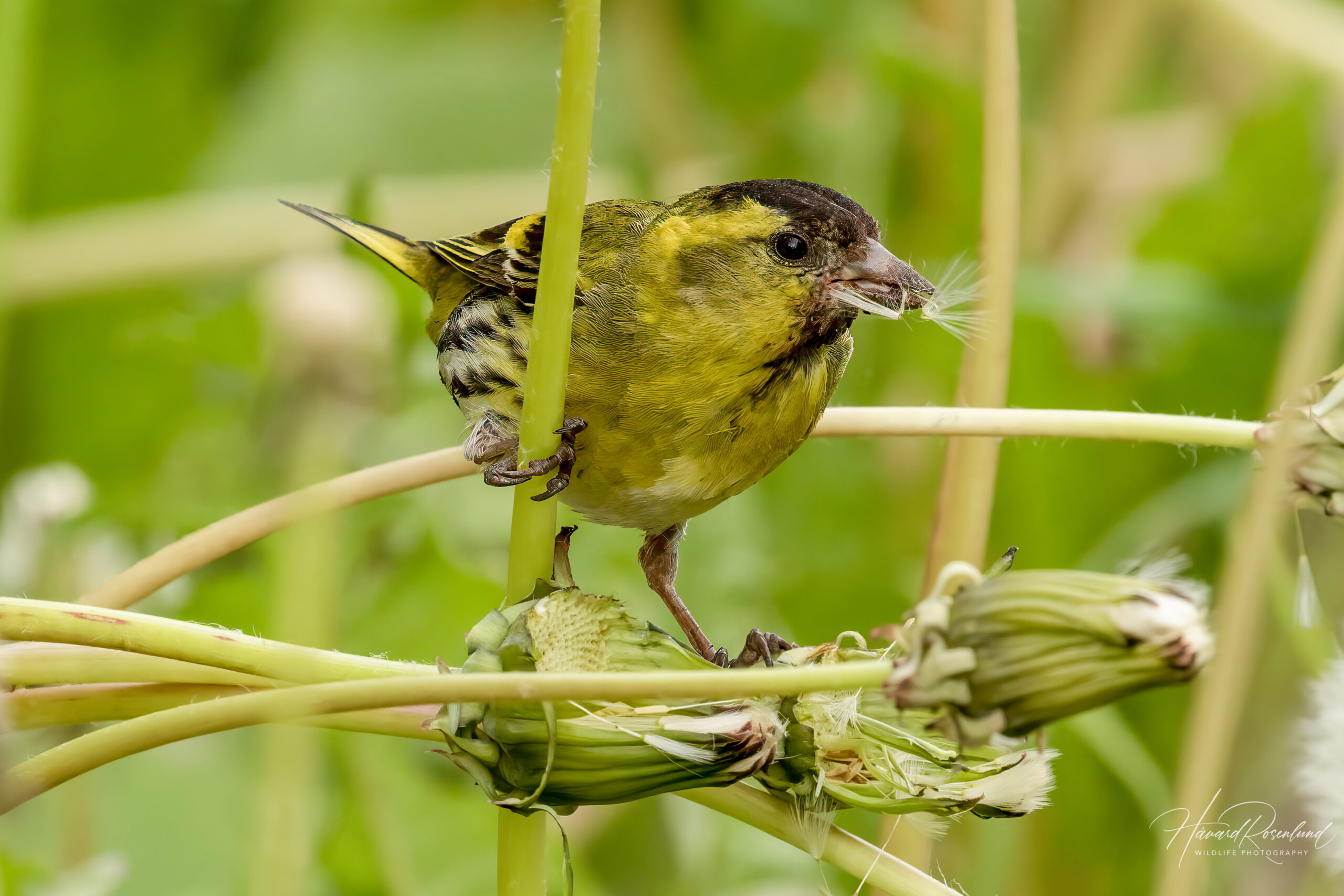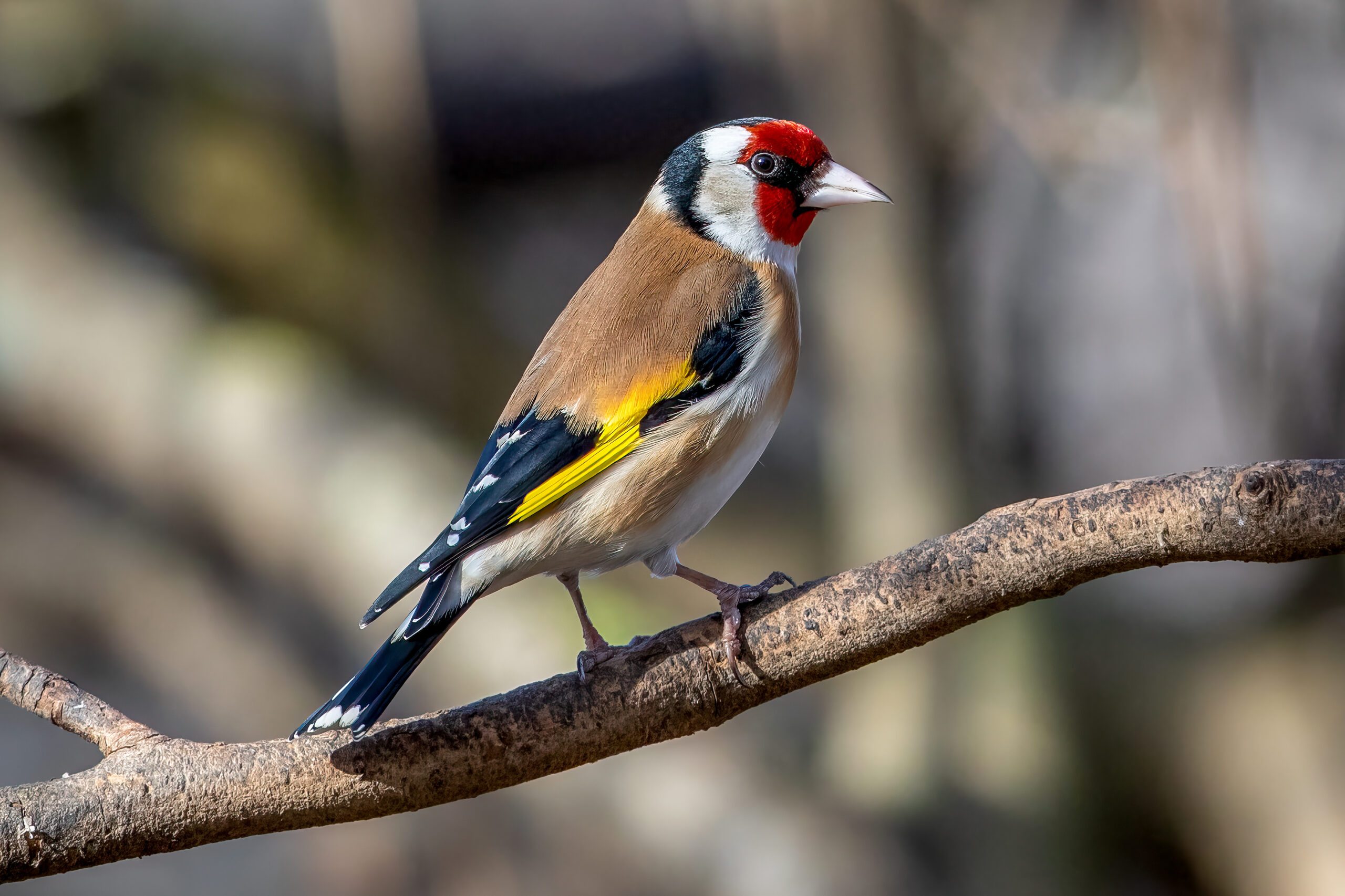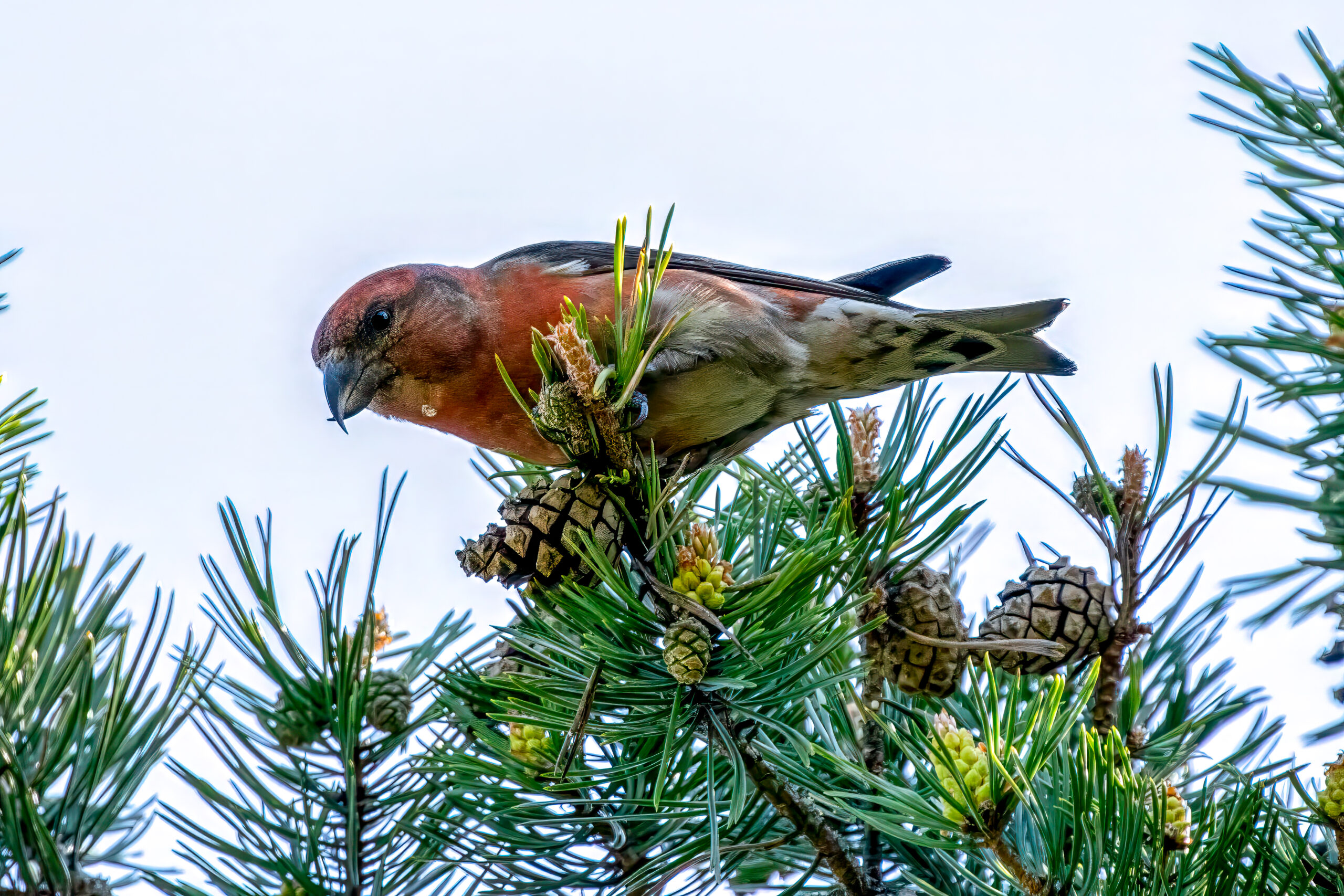Description
The Eurasian siskin (Spinus spinus) is a small species of finch found across the forests of Europe and the northern parts of Asia, measuring about 11 to 14 cm (4.3-5.5 in) in length and weighing between 10 to 18 grams (0.35-0.63 oz). Males are recognizable by their striking yellow-green plumage and a black crown and chin, which contrast sharply against their brighter body colors. Females and juveniles are more subdued in coloration, featuring mainly greenish-yellow plumage with darker streaks. A couple of distinguishing features of the Eurasian siskin separating it from similar species, like the European greenfinch (Chloris chloris), are a sleeker body and more pointed bill, adapted for its specific feeding habits. During winter, they often form mixed flocks with other finch species, demonstrating a remarkable adaptability and sociability. These flocks can sometimes number in the hundreds.
Diet & habitat
Eurasian siskins predominantly inhabit coniferous forests, but they are also found in mixed woodlands, gardens, and parks, especially during the winter months when they are more likely to visit bird feeders. Their diet mainly consists of seeds, particularly those of conifers, alder, and birch trees. They are adept at foraging, often seen hanging upside down on twigs to access seeds. In addition to seeds, they may occasionally eat insects, especially during the breeding season, to provide a protein-rich diet to their young.
Migration
The Eurasian siskin migration behavior vary significantly across its range. While some populations are sedentary, others migrate short distances, and yet others undertake longer migrations between their breeding and wintering grounds. These migrations are largely influenced by the availability of food sources. Northern populations tend to move southwards during the winter, seeking milder climates and abundant food supplies, before returning to their breeding territories in the spring.









